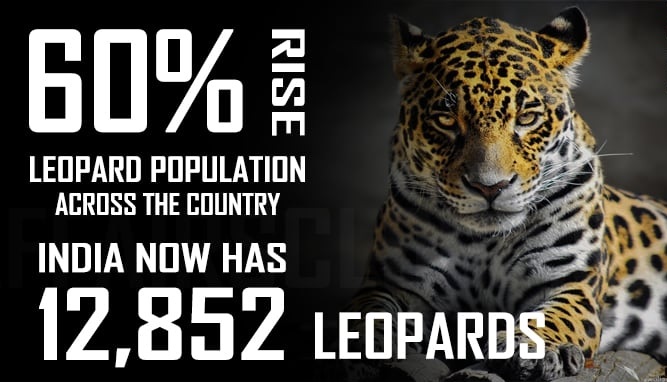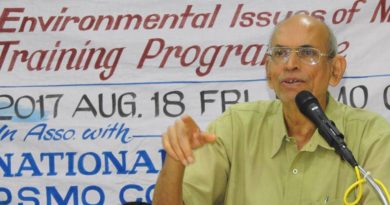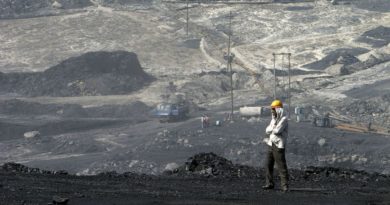India’s leopard population increases by 60%, now has 12,852
The ‘Status of Leopard in India 2018’ report was released by Union environment minister Prakash Javadekar. India now has 12,852 leopards.
The population of leopard in India has increased by 60 per cent, ‘Status of Leopard in India 2018’ report, released by by the government. There were at least 12,852 leopards in the country in 2018 compared to 7,910 leopards estimated in 2014.
Maharashtra at 1,690 has the third largest population of leopards in the country. Madhya Pradesh has the highest number of leopards – 3,421, followed by Karnataka – 1,783. Kerala has 650 leopards stealthily roaming its tiger reserves, which is the third highest in Western Ghats region.
A study earlier this year had found four distinct sub-populations of leopards in India with high genetic variations – leopards of the Western Ghats, the Deccan Plateau semi-arid region, the Shivalik mountains, and the Terai region in North India.
However, forest officials and experts said that the number of leopards will be much higher in the state than the current estimation. The study has been conducted only in tiger-populated forests areas under Project Tiger, and leopard populations in other agricultural areas have not been considered.
Leopards are among the most adaptable carnivores, and are known to exist very close to human habitations. Leopards also thrive in urban landscapes in sugarcane fields and other agricultural fields preying on wild boars, dogs and cattle, which were not part of the survey. While leopards coexist well with tigers, they have a much wider distribution than tigers.
The study was conducted through capturing 5,240 leopards on camera apart from satellite imaging and fieldwork by teams of forest officers along with teams of the Wildlife Institute of India and National Tiger Conservation Authority (NTCA).
Released the “Status of Leopard in India 2018” report.
Happy to announce that, India now has 12,852 leopards. More than 60% increase in population has been recorded over the previous estimate which was conducted in 2014. pic.twitter.com/k6I3o0Kg9h
— Prakash Javadekar (@PrakashJavdekar) December 21, 2020




